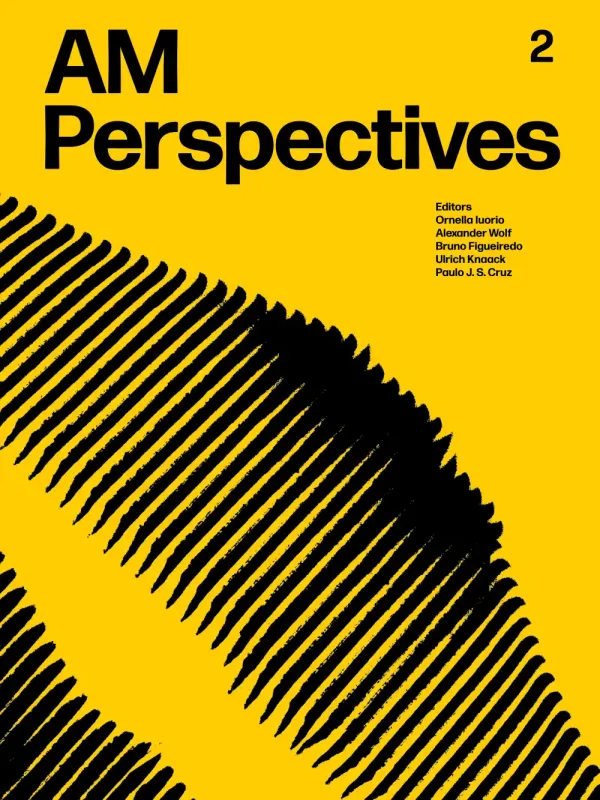TECHNOLOGY TRANSFER FROM AUTOMOTIVE TO ARCHITECTURE
INTEGRATING WAAM AND GRC WITHIN DFMA FOR COMPLEX DESIGN STRATEGIES
Synopsis
Architectural and construction practices have evolved in response to shifting societal, cultural, technological, material, and economic conditions. Within the context of climate change, the introduction of Design for Manufacturing and Assembly (DfMA) strategies in the AEC (Architecture, Engineering and Construction) sector has shown its potential to support more sustainable building practices. However, the emphasis on performative aspects leads to oversimplifications of construction processes, while the application of guidelines and frameworks that prioritise modularity and prefabrication can compromise design ambition and geometric complexity.
This study aims to restore the centrality of design by integrating DfMA principles with cutting-edge technologies to expand the boundaries imposed by conventional prefabrication. In doing so, the research explores how to leverage the concept of technology transfer from the automotive industry, which is driven by highly competitive market dynamics and can embrace new technologies rapidly. The implementation of cross-functional management tools capable of aligning design objectives and functional performance, combined with Wire Arc Additive Manufacturing (WAAM) technologies, can guarantee formal freedom and address sustainability by reducing the weight of the components and emissions during production. In parallel, the study examines the use of Glass Reinforced Concrete (GRC), a material known for its versatility, strength, and capability to create complex geometries. Building on these technologies, we propose a robotic automated manufacturing process to streamline the production stages of a façade component.






